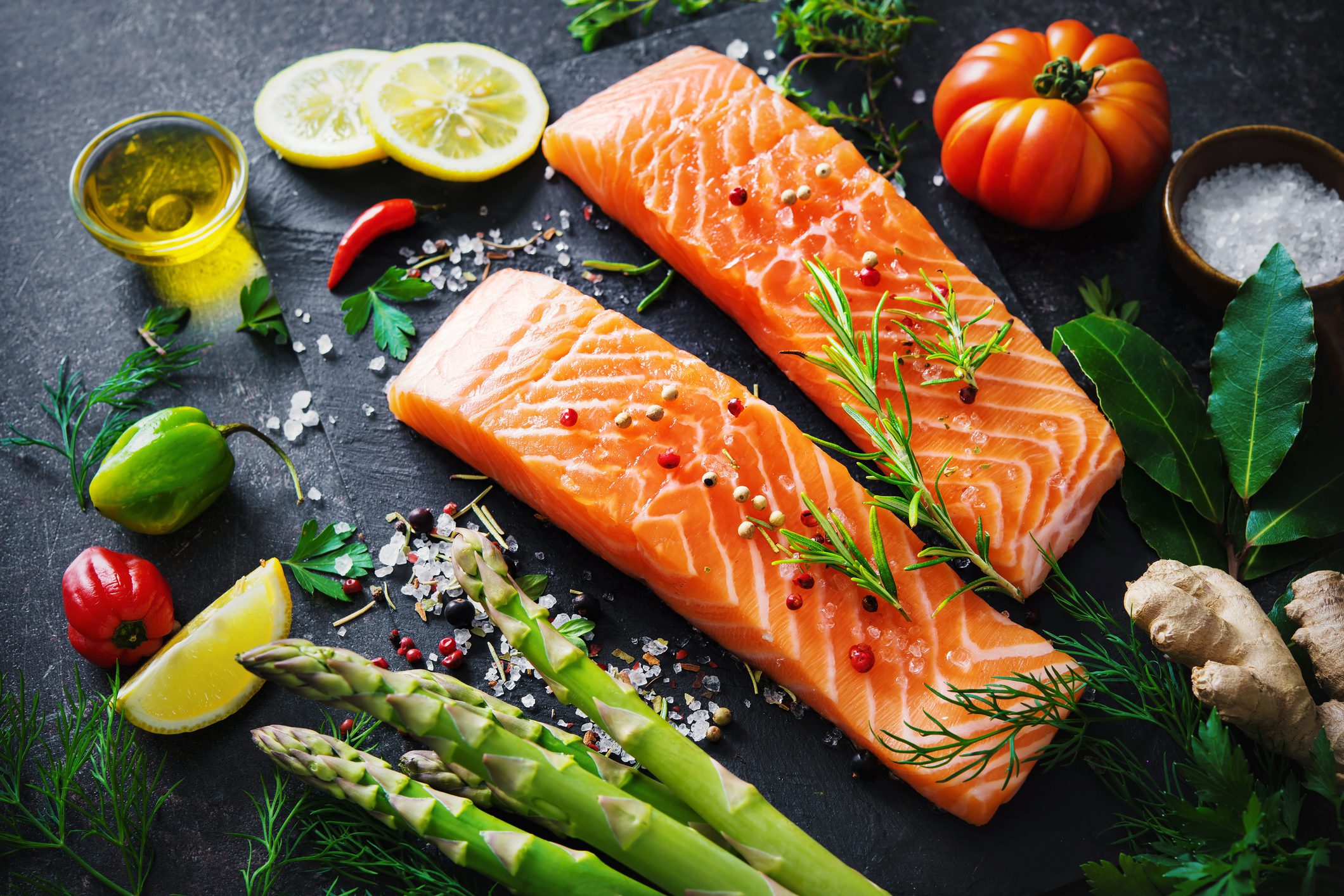How cyclists can adopt the flexitarian diet
A recent study in the Journal of Nature suggests that a global shift to the flexitarian diet could help reduce global warming. Here's how endurance athletes can partake while meeting their nutrition needs

by Madeleine Kelly
A recent study in the Journal of Nature emphasizes the need to change the way humans are eating. Researchers suggest that if alterations aren’t made, by 2050 the effects of the food system could cause the planet to reach the boundaries of what is considered a safe operating space for humanity.
Researchers suggested that a global shift to the flexitarian diet was needed to keep climate change under 2 degrees Celsius. The flexitarian diet is a semi-vegetarian diet that focuses on consuming mostly plant-based foods, while allowing room for animal products in moderation.
If you’re considering switching to a flexitarian diet, from a nutrition standpoint, what animal foods should you continue eating?
Registered dietitian and sports nutritionist Jennifer Sygo suggests that the flexitarian diet is an entirely viable option for athletes. “Plant-based diets can be healthy for us and healthy for the environment.”
A flexitarian diet focuses on whole grains, nuts, seeds, vegetables and legumes. Sygo suggests that, “The benefit of still including some animal protein, and even a little meat protein, provides an [athlete] more easily with nutrients they need.” The benefits of including animal products in your diet means that protein is easier to get, and cyclists have higher protein needs than the average person.
Sygo says that there are nutrients beyond protein that are found either exclusively or more easily in animal products. “Vitamin B12, for example, is found exclusively in animals foods, and zinc isn’t exclusive to animals products but is found in higher quantities in meat. Zinc is very important for supporting the immune system. Omega-3 fats also seem to be absorbed and used by the body more easily when they come from animals.”
If you’re considering adopting a flexitarian diet, Sygo suggests four animal products where you can get the most bang for your buck: “oily fish like salmon, trout, sardines or anchovies, red meat like beef or lamb, eggs and greek yogurt.” She suggests oily fish because the omega-3 content is so high, and consuming it once or twice a week would tick a lot of nutrition boxes.
For female athletes in particular, red meat in moderation is important because of its iron, vitamin B12, zinc and protein content. “You can get iron from many sources, but it is more bio-available when it comes from animal sources as opposed to plants,” says Sygo. As little as three ounces a few times a week is enough to meet your nutrition needs.
Eggs have great nutrition in them, particularly in the yolks, which are a great source of both protein and choline, which is good for the brain. Finally, Sygo suggests greek yogurt as both a great source of calcium and a convenient way to get enough protein at breakfast (a 3/4 cup of greek yogurt gives you the same amount of protein as 3 ounces of meat or 1 and a half cups of beans.)
This version of this story first appeared at runningmagazine.ca.


